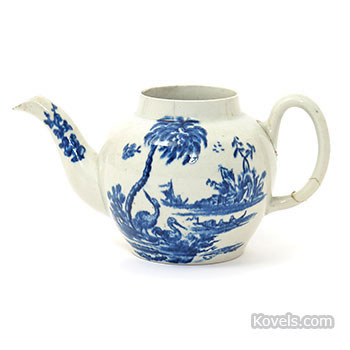Dear Lee,
I read a lot, daily papers, monthly magazines and reports, can labels and even contracts and bills. And, of course, I look up information about antiques and collectibles every day. I’m always surprised to learn something new. This month was terrific. The Natural History Museum bulletin had an article about — ready for this – “thanatocoenoses.” It’s a rock formation that is overflowing with jumbled-together fossilized bones of many dinosaurs. It’s a “bone bed.” I read about the bones, the discovery in Mongolia in 1948 and the difficulty getting the bones to a study location. Poachers dynamited the site to get bones claws and teeth to sell. Hundreds of fossils and much scientific information was lost. But scientists have gone back and studied what is left and made an amazing, unexpected discovery that should delight kids and adults. They discovered an entirely unknown dinosaur species they named “Saurolophus angustirostris.” These dinosaurs were plant-eaters and had a backward pointing spike on their heads. Now the scientists are trying to learn why, when and how so many died in that spot. I’m waiting to see an artist’s rendition of the new creature’s appearance. Maybe in a cartoon.
Â
But wondrous discoveries are also found closer. A broken teapot with a blue decoration of a palm tree and birds was auctioned in England last year, sold to a man for $13.50 at a small sale. Research has shown that the teapot, made of Carolina clay, is attributed to the John Bartlam factory in Cainhoy, South Carolina. It is the seventh piece of porcelain known to be by Bartlam, and the only teapot. Bartlam moved from England to start a pottery in the colonies about five years before Bonnin and Morris started in Philadelphia (1770). So the broken teapot with no lid and a re-glued handle is now known as the oldest known teapot made in America. It sold for $800,000 to the Metropolitan Museum of Art.
Â
Photo courtesy of Woolley and Wallis





Leave a Reply
You must be logged in to post a comment.